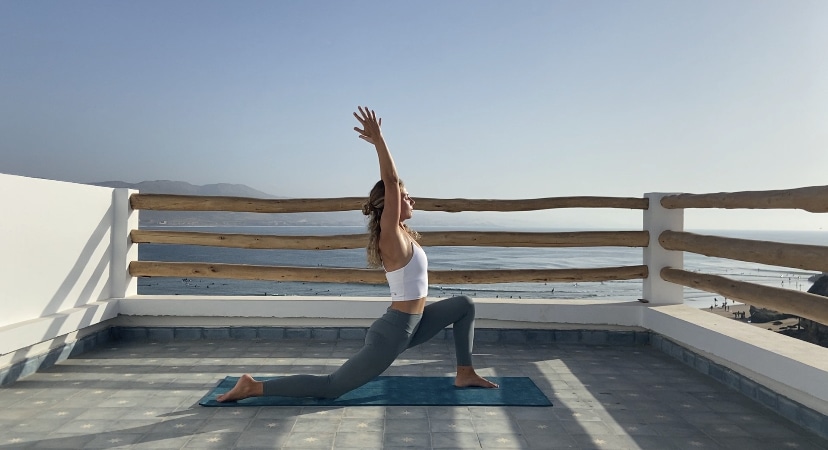
08 Nov 5 Exercises to Improve Your Mobility for Surfing
Are you looking to improve your mobility for surfing? Working on your spine, shoulder and hip mobility will do wonders for your surf progression, performance and injury prevention. Stay limber over the winter months with these five yoga-inspired mobility exercises to improve your surfing!
What is mobility?
A lot of people focus on strength or flexibility alone in their surf training, but the best exercises for surfing fitness should give you a balance between strength, flexibility and mobility. Mobility is flexibility combined with strength to move through a range of motion. Training your mobility is great for maximising your surfing performance and reducing injury, especially during winter when your body tends to be stiffer from the cold.
What’s the difference between mobility and flexibility?
Rather than seeing mobility and flexibility as two opposing things, when talking about mobility for surfing it’s more helpful to understand the close relationship they have. Mobility is the dynamic ability of a joint to move itself through a range of motion, whereas flexibility is the passive ability for a joint to be moved through a range of motion. Or in other words, mobility is how far your body can put itself in a position, whilst flexibility is how far you can put your body in a position.
For example, try crossing your left arm straight in front of your body and see how far across your left hand comes – this is how mobile your shoulder is. Now use your right arm to pull your left arm closer across your body – this is how flexible your shoulder is. So to be mobile you also need an element of flexibility, and vice versa.
How does mobility improve your surfing?
Regularly adding in some mobility exercises for surfing into your workout routine will allow your body to move more freely on your board, respond to the waves more quickly and stay in the water for longer – all whilst reducing the risk of injuries. The areas that need most attention for surfing are your hips, shoulders and spine.
Hips – Whether it’s long hours spent sitting at a desk or on your board waiting for a set to arrive, the constant contraction that sitting creates can shorten your hip flexors (the connecting muscles between the top of your thighs, your pelvis and your lower back). By mobilising and opening your hips, your pop up will become more fluid and you’ll create more freedom of movement through the hip joint which will in turn help you to cultivate a smoother style. Being able to move your hips properly will also help to protect the knees and lower back.
Shoulders – Keeping your shoulders strong and mobile is super important for your paddle efficiency. Ideally, you want to be able to move your shoulder joints through a full range of motion for efficient paddling, which means having a smooth rotation of the shoulders in their sockets.
Spine – Something which affects beginner surfers especially is back pain, since they are not used to actively extending and arching their back in the way that paddling on a surfboard requires. Poses like cat and cow that move your spine through a full range of flexion and extension movements help to build up the strength in your back, reducing the risk of overstraining those muscles.
Mobility exercises
So, here are a few yoga-inspired exercises to improve your shoulder, spine and hip mobility for surfing! Move through a few rounds, and try to synchronise the movements with your breath.
Start in table pose with your shoulders above your wrists, your hips above your knees and a neutral spine. As you inhale, start to arch your spine by lifting your tailbone, lifting your chest and spreading your shoulders. As you exhale, start to round your spine by tucking your tailbone, pushing the floor away from you with your hands and spreading your shoulder blades apart, looking between your knees.
Begin in a wide-legged forward fold, then start to bend your right knee and straighten your left leg, loading your weight over your right knee. Sit your hips back and keep a straight spine as you lower yourself down towards your right heel. Flex your left foot so your toes are facing upward and root your left heel into the ground. You can either keep your fingertips on the floor, or connect your palms at your chest and gently press your right elbow to the inside of your right knee to keep your chest lifted and spine straight. Walk the hands across the mat to repeat on the other side.
Start in lizard lunge with your left foot on the edge of the mat and both hands inside the left foot. Balancing on your left hand, inhale to lift your right arm up in front of you and circle it back behind you, externally rotating your left shoulder. Exhale to circle your arm back to the front, internally rotating the shoulder. Do a few rounds then switch to the other side.
Start in table pose then extend your right leg and tuck your right toes under. Inhale to lift your hips up and back to come into downward-facing dog, keeping the top of the left foot on the ground. Exhale to bring your left knee back to the mat. Inhale to lift your right leg back behind you, arching your spine and lifting your chest. Exhale to drop the right toes back to the mat. Do a few rounds then switch to the other side.
Low lunge to half splits for shoulder and hip mobility for surfing
Start in low lunge with your right knee bent and stacked over the ankle and your left knee on the ground. Inhale to lift your arms over your head. Exhale to swoop your arms back behind you as you straighten your right leg, flex the toes upwards and root the heel down. Inhale to come back into low lunge with the arms up. Try to keep your hips square (pointing forwards) and your core engaged as you flow through a few rounds on each side.
Disclaimer: Always check with a doctor or physio before starting any new exercise routine if you’re concerned about pre-existing injuries!
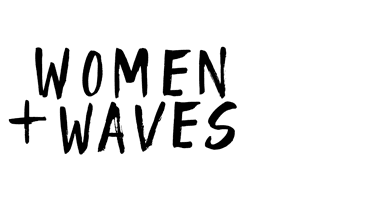

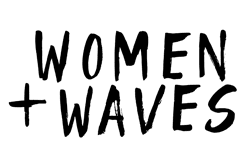
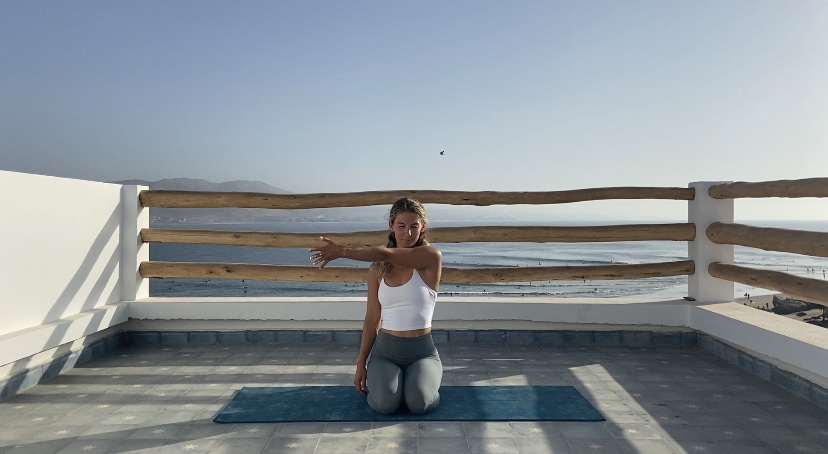
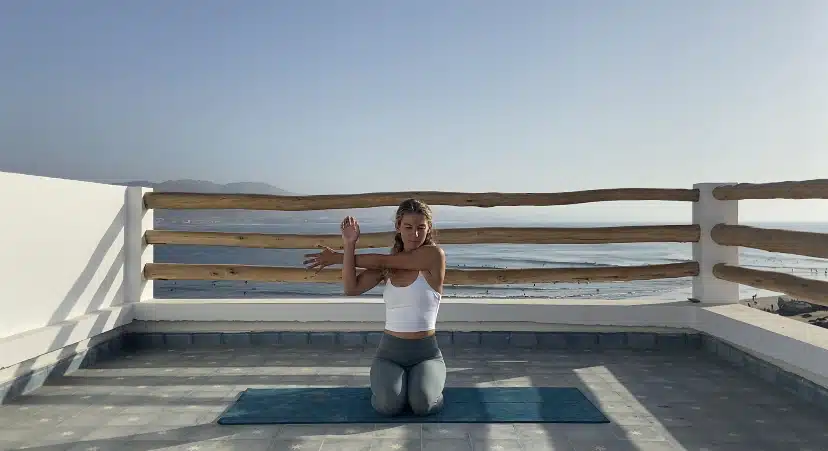
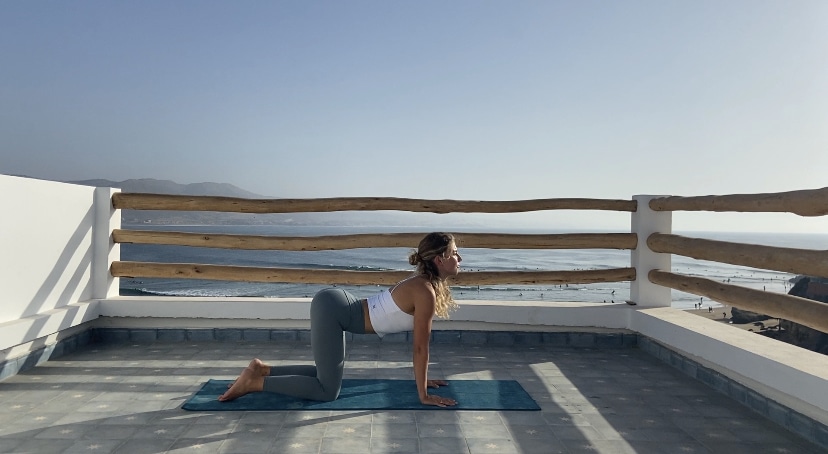
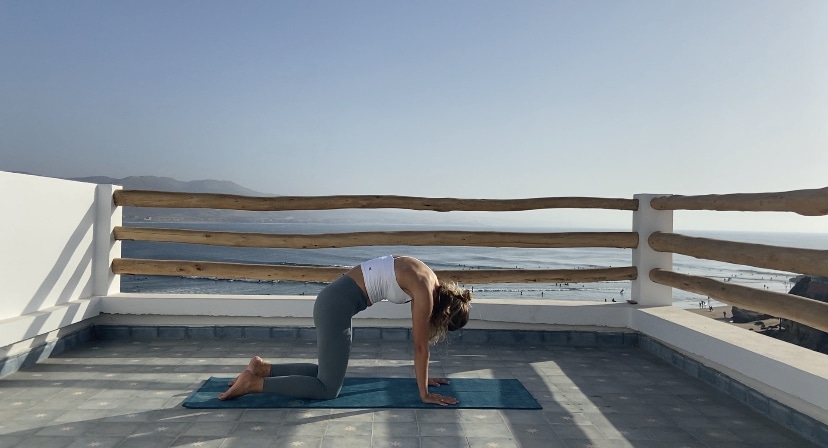
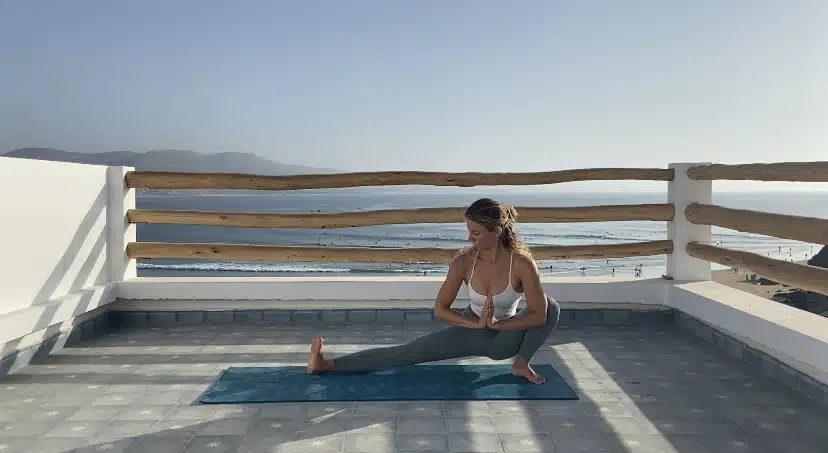
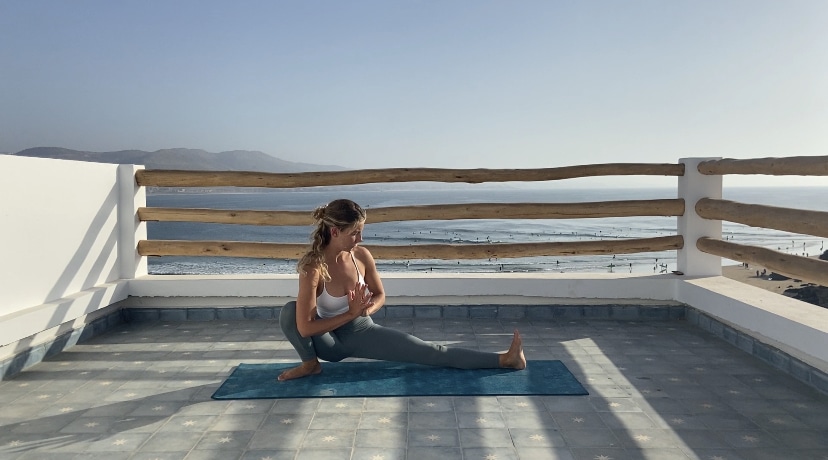
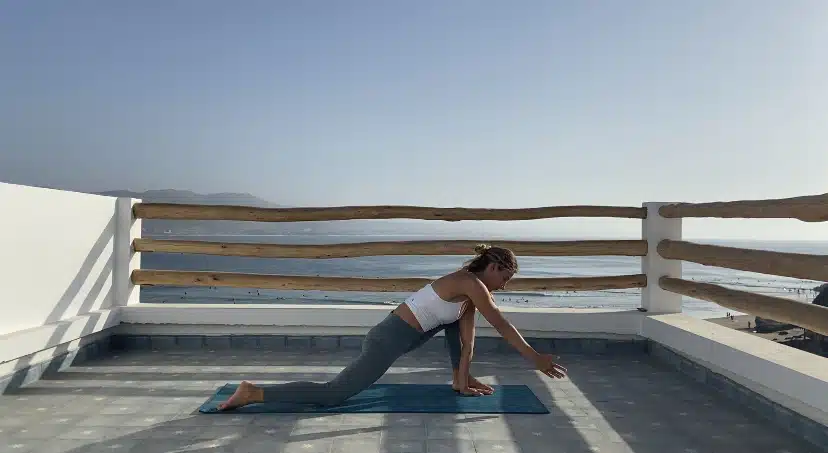
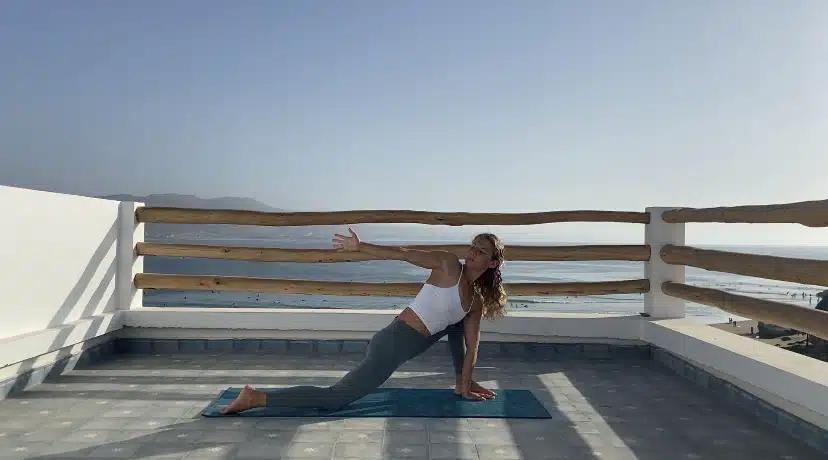
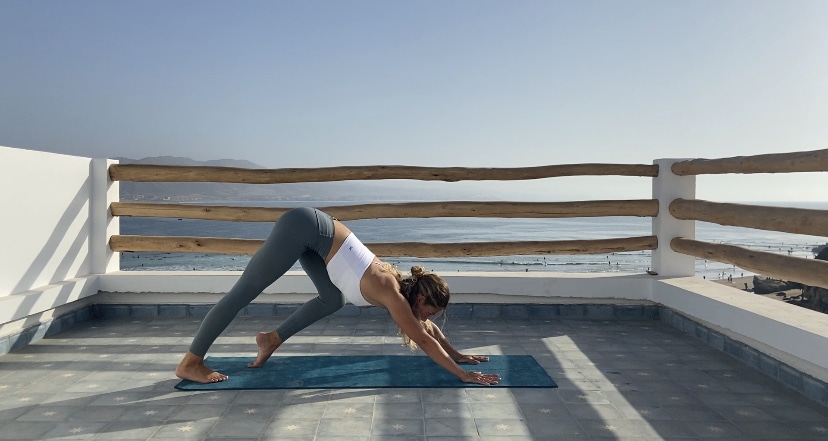
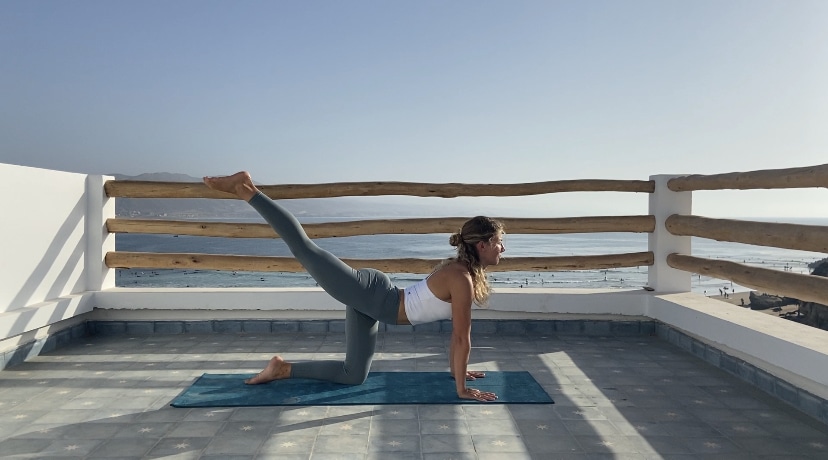
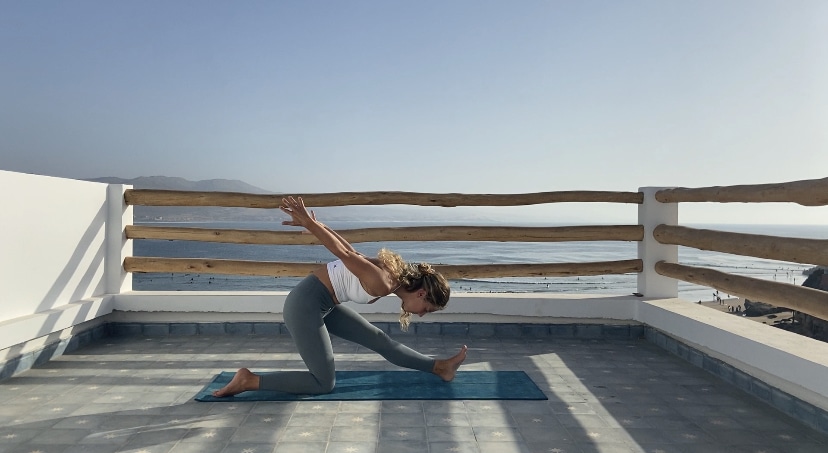
No Comments